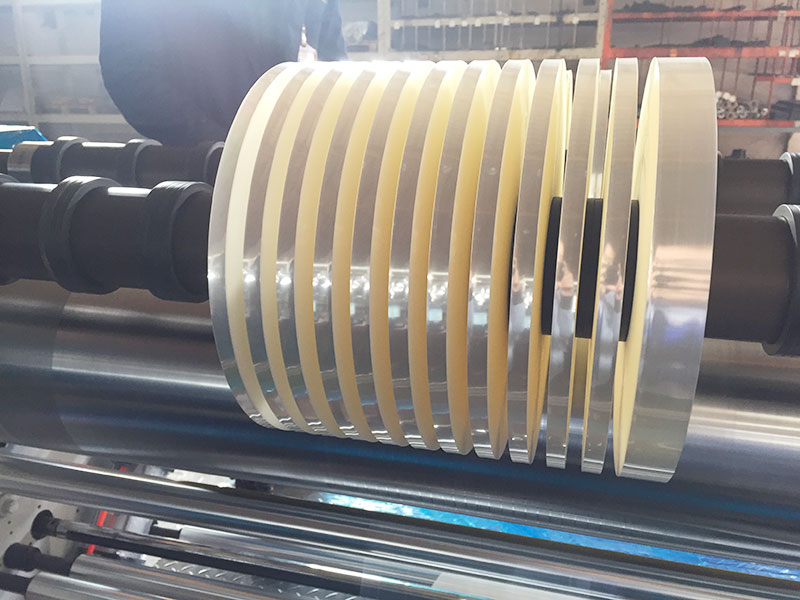
Because the poor interface will cause quality problems such as broken film or wrinkle during the use of the film roll, which will cause a relatively bad impact on the user's use, the thin film interface must be operated in accordance with the regulations to ensure the bonding quality of the interface. The specific requirements are as follows:
1. Cut and flatten the two sections of the film of the joint horizontally, and paste it firmly on the front and back sides of the film;
2. In order to improve the quality of the interface, the film interface is required to be straight, balanced with the direction of the paper tube, and the interface is required to be flush without wavy, the interface at both ends is in the middle of the tape, try to avoid the size of the edge, and the adhesive tape is firmly attached to the film without obvious bubbles;
3. The membrane surface at the interface is required to be smooth and without obvious wrinkling;
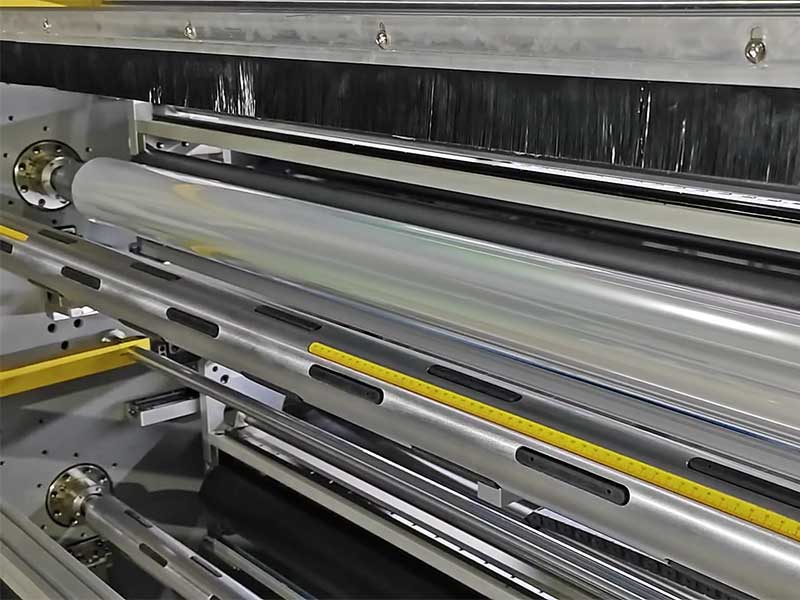
These film materials need to be precisely cut into different widths during the production process to meet the needs of various models and components.
10. December, 2025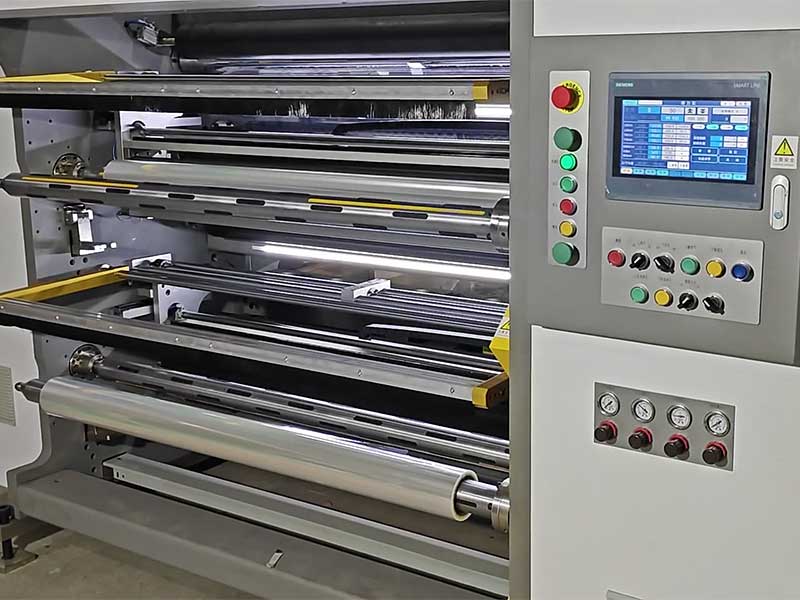
The automotive film slitting machine, an increasingly intelligent "cutting knife", is accurately cutting out redundant costs, inefficient processes and backward production methods.
10. December, 2025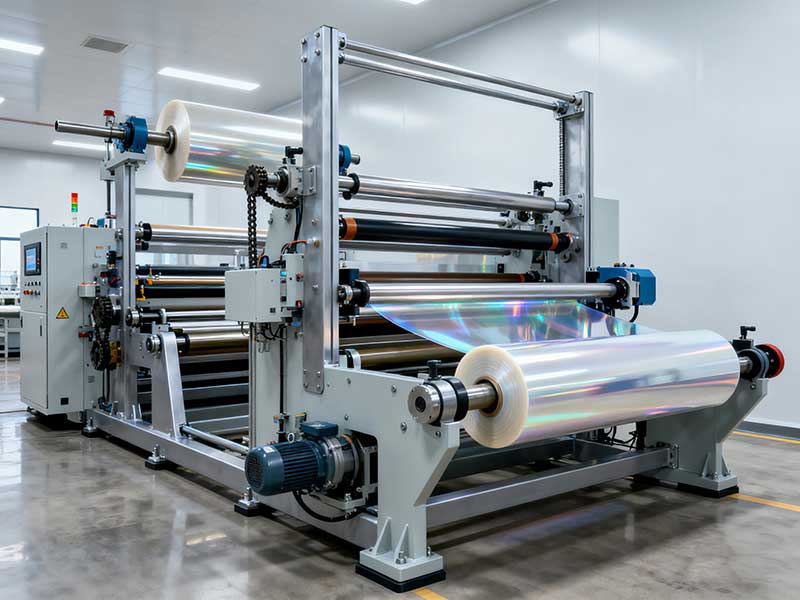
Tailored slitting solutions are not just a technology, but a deep understanding and respect for material properties.
06. December, 2025
With the diversification of market demand for film materials, customized slitting solutions are becoming an important trend in the development of the industry.
06. December, 2025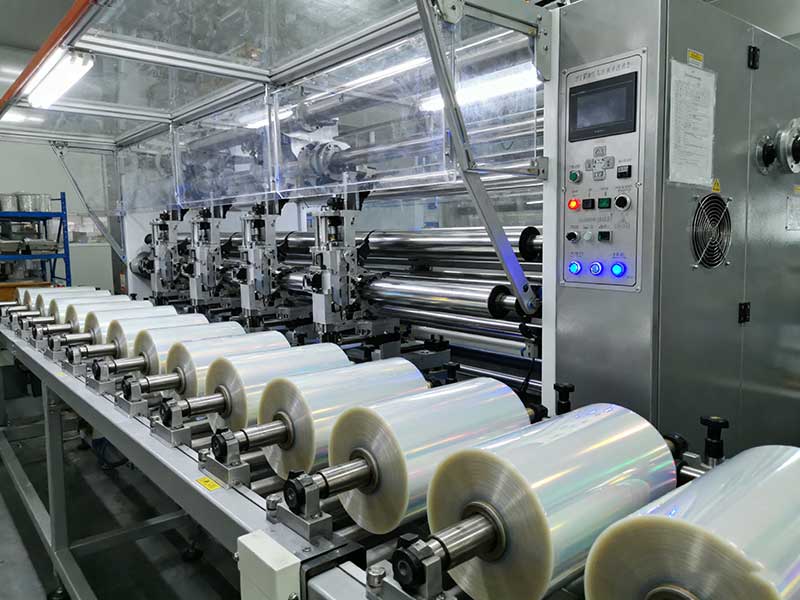
The technological innovation behind the high-performance film slitting machine is an epic that perfectly combines micro precision with macro benefits.
06. December, 2025